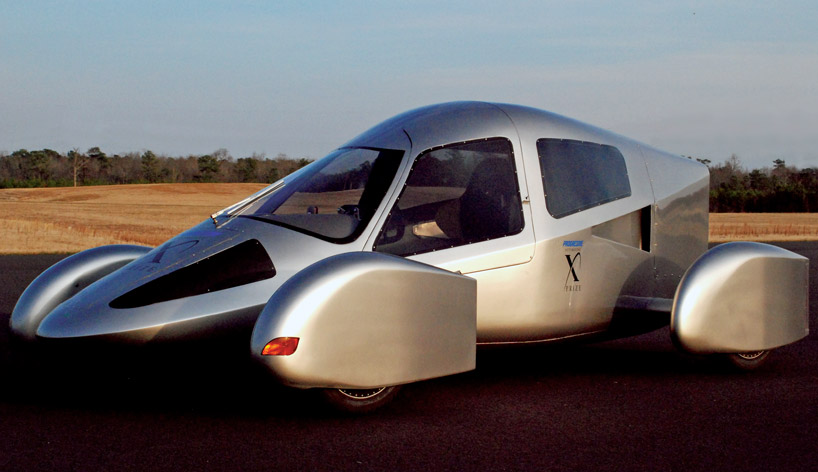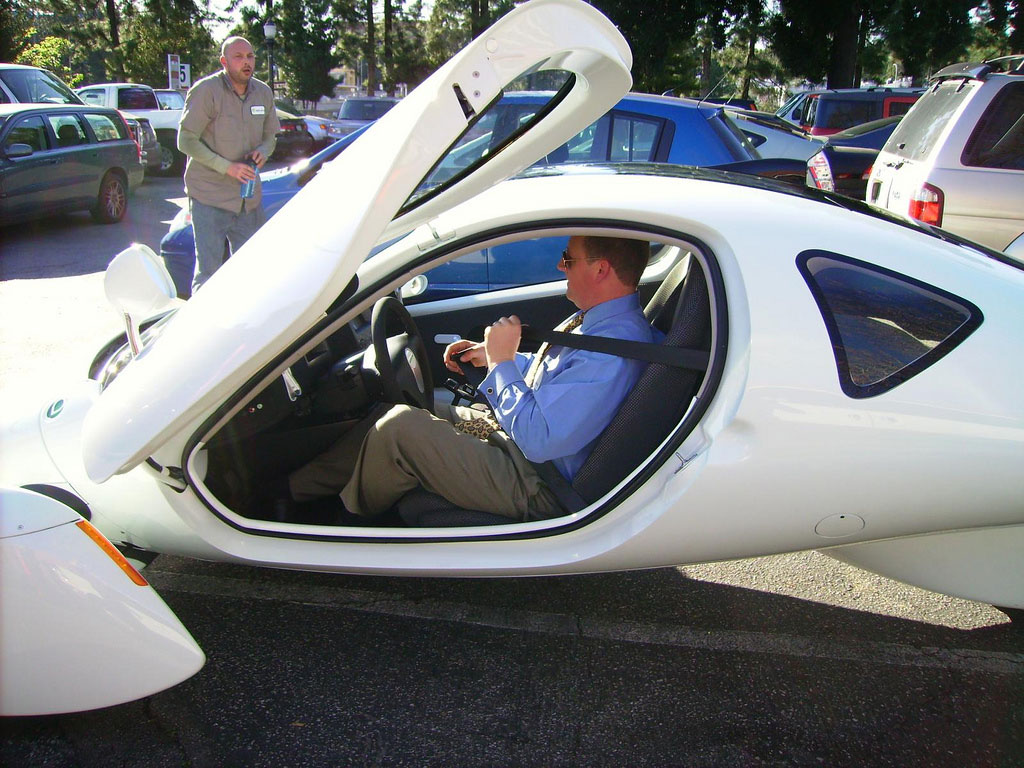And really, hardly anybody is going to base their buying decision on the ratio of interior space to coefficient of drag
Not directly, they won't. But indirectly they absolutely will. Two cars with the same interior space, but one has a CdA of 0.6m² and the other 0,24m²? The latter will (with no weight reduction) go twice as far on a charge, and charge twice as fast from a given power source when charger-capability limited. It'll also have a much higher top speed, all else being equal.
Drag area is not just a number; it's one of the most meaningful aspects of vehicle design. You talk about "overall practicality". Is going twice as far and charging twice as fast not part of "practicality"? And paying half as much for power, I could add?
The fact that people buy SUVs shows that the general buying public doesn't care about efficiency
1) The fact that SUVs have transitioned into (significantly lower CdA) crossovers shows that they do.
2) You can make a SUV streamliner as well.
People bought SUVs (now crossovers) because they want space. Let's reiterate: you can have space in a streamliner too. Streamlining doesn't mean sacrificing space in order to get a significantly lower drag area; it means having a larger wheelbase. There is a tradeoff between suitability as a city car and drag area, but not interior space. More to the point, the larger you go, the easier it is to streamline. Cross sectional area increases proportional to your axes squared but volume to your axes cubed; more of the vehicle gets away from ground effects; "essential" things that add drag (such as mirrors, wipers, wheels, etc) become less significant; and so on.
Two-seat cars are a very small market segment
How long are you going to continue to pretend that internal volume and streamlining are mutually exclusive? How many posts are we going to have to go back and forth where you say "But *small*" and I reply "But *we're talking relative to a given amount of usable volume*, so *not-but-small*"?
Heck, even *Aptera* was intially planned to be a 2 1/2 seater.
Aptera would have been selling to a niche market, and most of the people who would have bought one will much prefer a Model 3 or even a Nissan Leaf today.
Right, because Aptera would totally have stood still and not made new, diverse models of vehicles over time? FYI, they already had a 4 seat model in design (codenamed Palomar), even in the early days under Steve. Not related to the uninteresting sedan that Paul started work on in the company's death throes.
But it handicapped itself by trying to do too many things differently all at once: Electric, at a time when batteries were not even as good as they are now
1) Aptera would have been the only affordable, decent range (by then-standards) EV on the market. Which is a large part of how they got so many orders. And it was able to do this specifically because it was so streamlined and light. A conventional shape could not have gotten its performance at its price point.
2) Unlike Tesla, Aptera was not an EV-exclusive company. They also had projects on a 2g (gasoline) and 2h (PHEV). They looked into a 2d (diesel), but there apparently wasn't a single diesel engine on the market in their required power range that could meet California's emissions standards (partly due to the small power requirements for Aptera, and partly because emissions were rated per gallon, not per mile). That said, the others took low priority because EVs were their high demand product.
very unconventional style that would have appealed only to a small segment of the potential two-seat electric car market
Quite to the contrary, they got 4000 pre-orders, from a no-name startup, with reservations limited to California. They absolutely had a business case.






:strip_icc():format(jpeg)/kly-media-production/medias/1541162/original/099641400_1489846872-Peugeot_HYmotion_3.jpg)